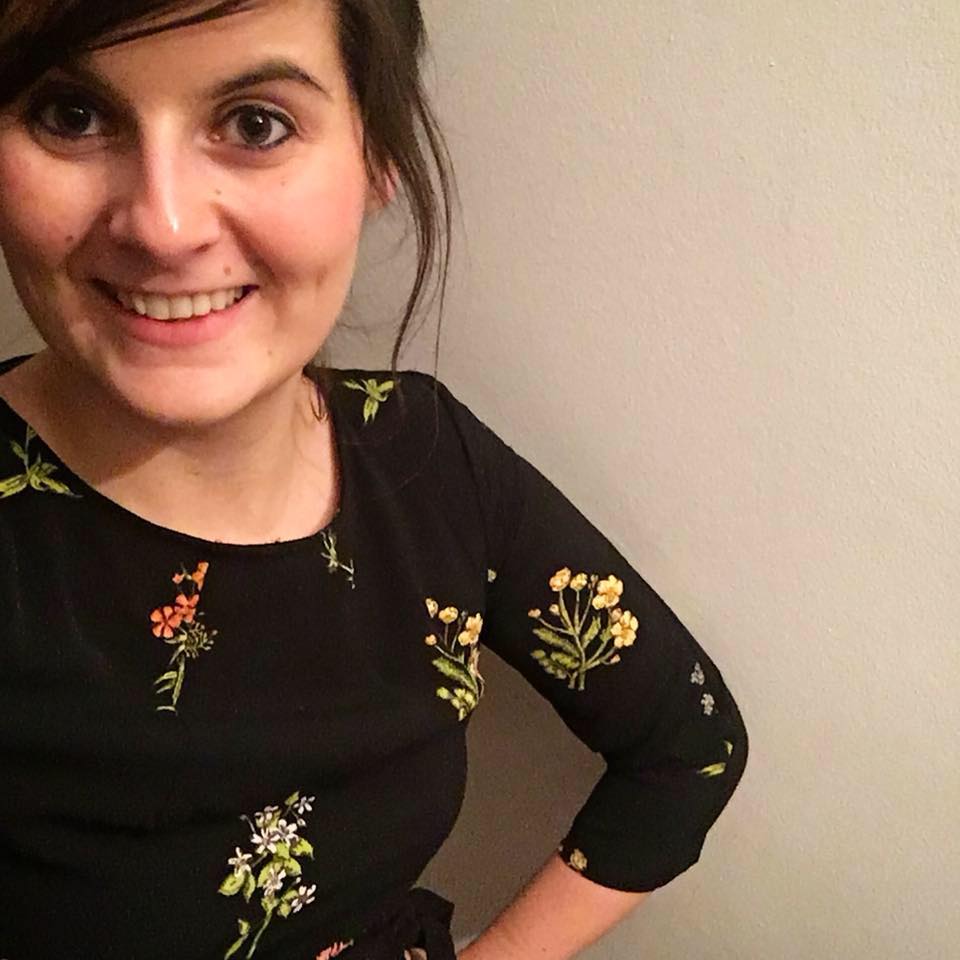Analysing transfer potentials in Pori
Edited on
17 October 2019Come in! partners went to Pori (FI) to analyse transfer potentials together with locals. The video, created by the network expert, shows what they have found.

The core question within the Come in! – Talking Houses / Shared Stories URBACT Transfer Network in Pori is how to transform an abandoned green space into a community space, since the target area, which is located 4 km from the centre, consists of an abandoned park or forest and the nearby residential areas built between 1950-1970. The park is surrounded by four different residential and industrial areas: Sampola, Metallikylä, Koivistonluoto and Väinölä. There are some nice detached houses and industrial heritage, but it is mainly characterized by block-of flats.
In the centre of the park, which is more a forest than a park, a former shortwave radio station is located, an outstanding example of the Finnish functionalist architecture of the war-time period. The shortwave station is owned by the City of Pori and after decades of neglect, since 2012 it has been used by the local artist community called T.E.H.D.A.S.
The issue with the park is that due to its military nature it was not advised to visit the park for a long time, and it is still full of hearsays, myths and tales. The park divides communities and separates people living different lifestyles, while its situation remains unsolved. It is also important that there is an ongoing re-identification process of some neighbourhoods for the long run, so a community festival reflecting on the built environment as well as communities provides an ideal case for Pori to use participatory policies in the revival of the area.
Undoubtedly, Pori (85 000 inh.) is well marked on Finland’s mental map. Back in history, Pori was the home of the first stone theatre, the first sport club and the first pedestrian street in Finland. But most importantly Pori hosts the famous Suomi Arena, a public debate forum held simultaneously with the oldest jazz festival in Europe, Pori Jazz. Suomi Arena is not just a small, local event: last summer 73 000 visitors took part in about 200 events, where citizens can discuss societal issues with all type of decision makers directly!
Partners walked along the target area, asked questions from the local team, got to know local policies influencing the transfer potentials and based on all of this they shared their observations with locals regarding the local transfer potentials. Let’s see what they found!
1. Use community art instead of or besides contemporary art to create leisure functions in the park! A good example can be the recycled wooden giants in Copenhagen made by Thomas Dambo, especially with reflections on local ‘Mumin-culture’.
2. Every single house is interesting, that is the motto of the good practice. Although the target area seems average, it is full of architectural values (check the video). The festival should detect these values through a ‘treasure hunting walk’ in the area, connecting the dots, the different neighbourhoods.
3. Art is great! But community art can enable residents to feel ownership! This way organisers can put the Radio Station onto the mental map of the locals.
4. Art means reflections. Reflect on nature connecting people, which is relevant in Finland. Suomi Arena exists in Pori, what about having the Green Arena at the target area?
5. Urban green space is great to stimulate community spirit and local identity. Organize placemaking actions in the forest as well as in the surrounding neighbourhoods with various age groups. Take actions together with locals during the festival!
Why trees and urban green spaces are so important?
Urban trees and green spaces are critically important in these challenging times for many different reasons. They not only make our cities greener and healthier for all, but happier too. Cities are the most complex creature of human beings, thus urban development goals shall answer this complexity. We live our lives through networks of relationships with each other and with our physical environment. These relationships help to create the identity of the city landscape and urban green spaces are very important to shape that identity.
In line with the World Forum on Urban Forest, urban green spaces will be recognized for the wide range of benefits and services they provide to urban communities, such as improving environmental quality, enhancing food security, ensuring sufficient and good quality water, conserving urban biodiversity, mitigating climate change, reducing air pollution, stimulating the green economy, preserving natural and cultural heritage, strengthening social cohesion, and providing environmental education opportunities. What’s more, they are valued as an efficient living system capable of improving human health and wellbeing at a reasonable cost, acknowledged as critical infrastructure and considered a strategic element of urban sustainability by enhancing community involvement and promoting environmental justice.
Urban green spaces are extraordinary assets to use them as advocates of pro-environmental behaviour and environmental consciousness among residents.
An abandoned and partly untouched forest in Pori combined with a creative group of people in the middle provides an essential asset to create a fantastic place that resident value. Within a community festival to be organised in 2020 as the good practice transfer lots of funny, but symbolic projects can be organised to share ownership with residents and raise the feeling of belonging: creation of an artistic thematic walk or a forest bathing walk, creating a forest playground or a pocket park together with residents, organisation of more gardening projects based on the existing garden, creating bee-friendly spots, organising family workshops (e.g. hedgehog corners), or simply organising picnics and exercises.
The forest is ready to host art! And art should bring people as users as well as co-creators to the forest!
Click here to see the video.
Ferenc Szigeti-Böröcz
 Submitted by k.tapody on
Submitted by k.tapody on
